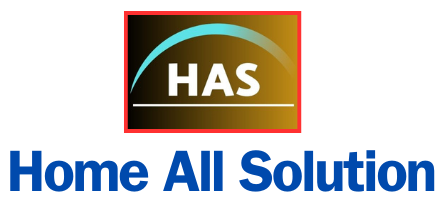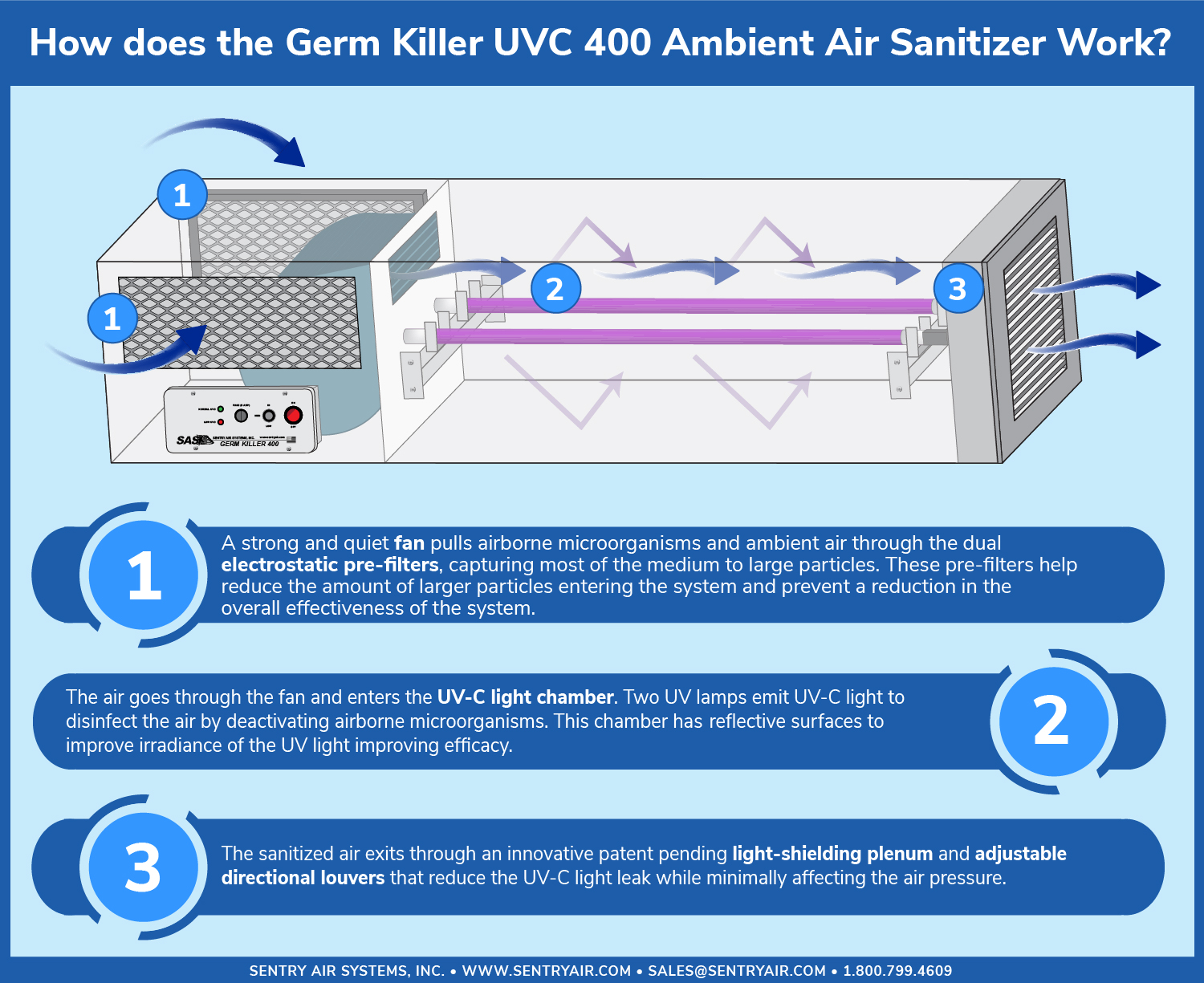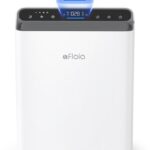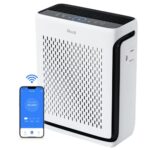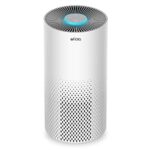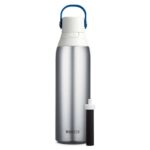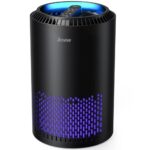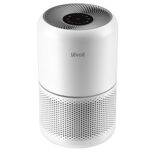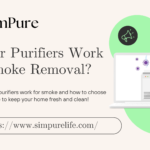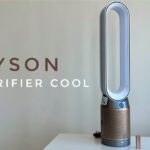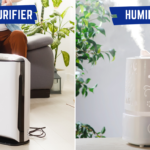UV on an air purifier refers to ultraviolet light technology. It helps kill bacteria and viruses.
Air purifiers with UV light are becoming popular. They offer an extra layer of protection against harmful microorganisms. But what exactly does UV mean in this context? How does it work? Understanding UV light’s role can help you make better choices for your indoor air quality.
This introduction will explore UV technology in air purifiers, its benefits, and its impact on your health. Let’s dive into how UV light can enhance air purification and ensure a cleaner, safer home environment.

Credit: www.iqair.com
Introduction To Uv Air Purifiers
UV air purifiers have been around for a while. Scientists discovered the power of ultraviolet light in the early 20th century. They found it could kill germs and bacteria. Hospitals started using UV light to keep the air clean. Later, UV technology came to homes. Now, many air purifiers use it to keep indoor air fresh.
Clean air is vital for our health. Polluted air can make us sick. Air purifiers help remove harmful particles. They filter dust, pollen, and smoke. UV air purifiers go a step further. They kill germs and viruses that regular filters miss. This makes our homes safer. Especially for people with allergies or asthma. Breathing clean air can improve sleep. It can boost our mood. Clean air is important for everyone.
How Uv Technology Works
UV technology in air purifiers uses ultraviolet light to kill bacteria and viruses. This process helps clean the air, making it safer to breathe. UV stands for ultraviolet, a type of light that can eliminate harmful microorganisms.
Uv Light Spectrum
UV stands for ultraviolet. It is a type of light. It is not visible to our eyes. UV light is divided into three types: UVA, UVB, and UVC. UVC is the most powerful type. It can kill germs and bacteria.
Mechanism In Air Purifiers
Air purifiers use UVC light. It helps to clean the air. The air passes through the purifier. Germs and bacteria get exposed to UVC light. This exposure kills them. The air becomes cleaner and safer to breathe.
Types Of Uv Light Used
UV light in air purifiers includes three types: UV-A, UV-B, and UV-C. UV-C is most common and effective in killing bacteria and viruses. This helps improve indoor air quality.
Uv-a
UV-A light is the weakest type of UV light. It is often used in tanning beds. This light can cause skin aging. It doesn’t kill germs well. It’s not often used in air purifiers.
Uv-b
UV-B light is stronger than UV-A. It can cause sunburns. It is also not very effective at killing germs. It’s rarely used in air purifiers. Most air purifiers skip this type.
Uv-c
UV-C light is the strongest type. It can kill germs and bacteria. This light is used in most air purifiers. It helps keep the air clean and safe. UV-C light is very effective.
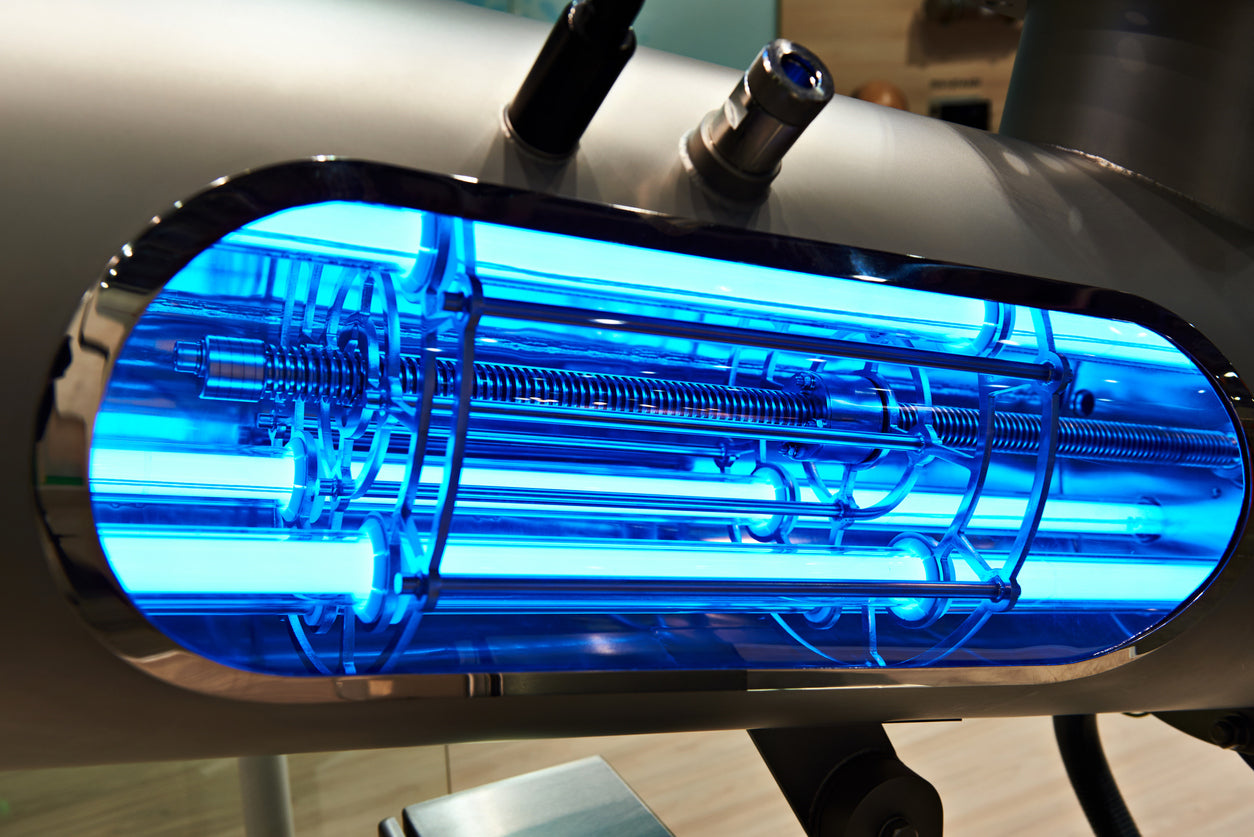
Credit: molekule.com
Benefits Of Uv Air Purifiers
UV air purifiers use ultraviolet light to kill germs. This light can destroy bacteria and viruses. It can also reduce mold in the air. These purifiers can help make your home safer. They work well in high-risk areas like hospitals. They can also prevent the spread of illnesses.
UV air purifiers can relieve allergies. They remove dust mites and pollen. This helps people with asthma and allergies. Cleaner air means better breathing. Less sneezing and coughing. Families can enjoy a healthier home.
Limitations And Considerations
UV technology in air purifiers can kill bacteria and viruses. It does not eliminate dust or pollen. Consider the maintenance and replacement of UV bulbs for effective use.
Effectiveness
UV air purifiers can kill germs and bacteria. But, they may not remove dust or pollen. Some UV lights need time to work. So, the air must pass through slowly. This can be a problem. The light must also be strong enough. Weak lights won’t work well. Overall, UV is good for killing germs. But it is not a full solution.
Safety Concerns
UV light can be harmful. It can cause skin burns and eye damage. Some purifiers use a cover to block the light. This keeps users safe. But, always check safety features before buying. Another concern is ozone. Some UV lights produce ozone. Ozone can be harmful to breathe. Look for “ozone-free” models to stay safe. Always follow the user guide for safety.
Maintenance And Care
UV lamps need regular replacement. Check the user manual. Follow the instructions. Turn off the air purifier first. Carefully remove the old lamp. Dispose of it safely. Install the new UV lamp. Ensure it fits well. Turn on the air purifier. Check if the UV light works.
Keep the air purifier clean. Wipe the outside with a damp cloth. Avoid using harsh chemicals. Clean the filters regularly. Follow the manual for guidance. Replace filters when needed. Ensure the air vents are clear. Dust can block them. This ensures the unit works well.
Comparing Uv Air Purifiers
Some top brands in UV air purifiers include Philips, GermGuardian, and Honeywell. Philips offers advanced models with high efficiency. GermGuardian is known for its affordability and reliability. Honeywell provides strong performance and durability. Each brand has unique features to cater to different needs. Choosing the best one depends on personal preferences and specific requirements.
| Brand | Cost | Efficiency |
|---|---|---|
| Philips | High | Very High |
| GermGuardian | Moderate | High |
| Honeywell | Moderate | High |
Higher cost often means better efficiency. Philips models are costly but very efficient. GermGuardian offers a balance between cost and performance. Honeywell is moderately priced with good efficiency. Choose a brand that fits your budget and needs.

Credit: www.iqair.com
Future Of Uv Technology In Air Purification
UV technology is getting better. New designs make air purifiers more effective. They kill more germs and clean air faster. Smaller UV lights are now used. These fit into more types of air purifiers. Some have special sensors. These sensors control the UV light. This saves energy and makes the air cleaner.
More people want clean air. UV air purifiers are popular. Sales are going up. There are new brands every year. Prices are becoming lower. This makes them affordable for more homes. People like smart features too. Apps control the purifier. Data shows air quality. This helps people know when to use it. UV technology will continue to grow. It will be part of many homes soon.
Frequently Asked Questions
What Does Uv Mean On An Air Purifier?
UV stands for ultraviolet light. In air purifiers, UV light is used to kill bacteria, viruses, and other pathogens.
How Does Uv Light Work In Air Purifiers?
UV light works by damaging the DNA of microorganisms. This prevents them from reproducing and effectively kills them.
Are Uv Air Purifiers Effective?
Yes, UV air purifiers are effective at killing airborne pathogens. However, they work best when combined with HEPA filters.
Is Uv Light Safe In Air Purifiers?
UV light in air purifiers is generally safe. The UV light is contained within the device, preventing exposure.
Conclusion
Understanding UV in air purifiers can improve your home’s air quality. These devices use UV light to kill harmful microorganisms. Cleaner air means a healthier living environment. Choose an air purifier with UV light for better protection. Breathing easier can enhance your overall well-being.
Always consider the size of your space when selecting a unit. Regular maintenance ensures your purifier works effectively. Your health deserves the best air quality possible. Invest in a quality air purifier today.
